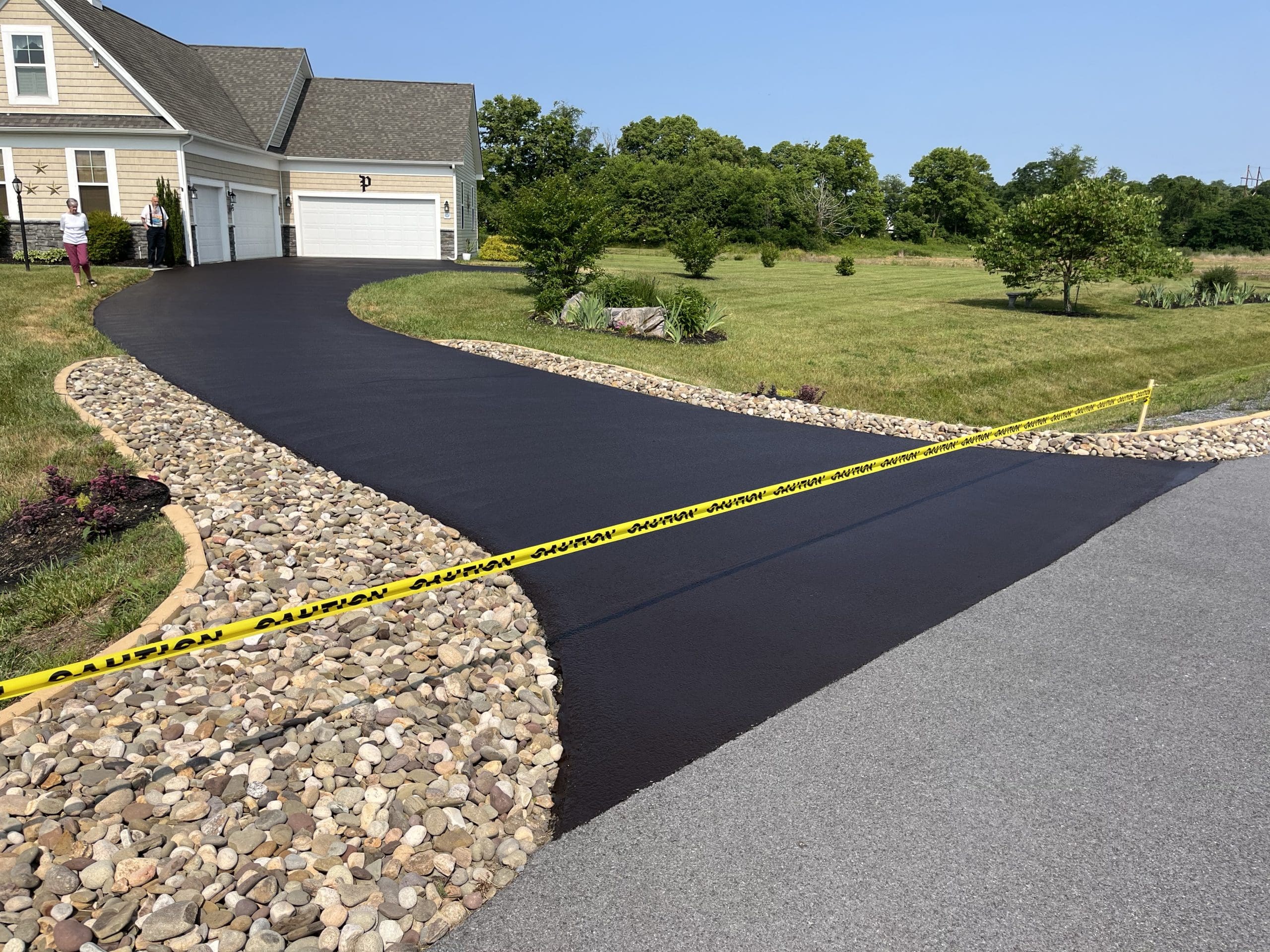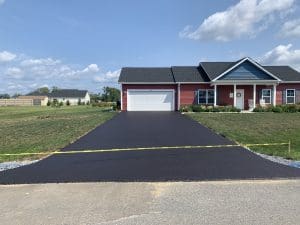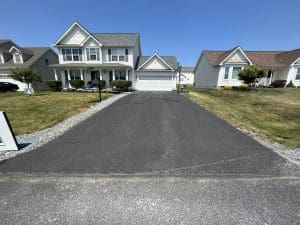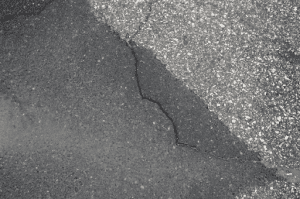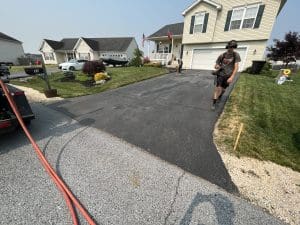Debunking Common Sealcoating Myths: Separating Fact from Fiction
Sealcoating is a pivotal practice when it comes to safeguarding and upholding asphalt surfaces, such as driveways and parking lots. Unfortunately, misconceptions and myths often obscure the significance of this crucial maintenance procedure. In this article, we will be debunking common sealcoating myths, equipping you with the accurate information you need to make informed decisions about the preservation of your asphalt surfaces.
Cracking the Sealcoating Code with Top Gun Sealcoating At Top Gun Sealcoating, we understand that sealcoating isn’t just about appearances; it’s about securing the very foundation of your asphalt. Our sealcoating process entails applying a protective coating that serves as a formidable barrier against a range of destructive elements. This barrier is your asphalt’s defense against UV rays, water intrusion, oil spillage, and other pollutants that can erode your pavement over time.
Sealing the Deal
The Facts About Sealcoating It’s not just about aesthetics; sealcoating is about fortification. It forms a protective shield that prevents cracking, oxidation, and deterioration—consequences of enduring the elements and daily vehicular and pedestrian wear. Without sealcoating, your asphalt becomes susceptible to damage, leading to costly repairs and even complete pavement replacement.
Protecting the Core with Expert Sealcoating Sealcoating isn’t a mere surface-level enhancement; it’s about preserving your pavement’s integrity. Regular sealcoating establishes a barrier that wards off water infiltration, averting weakening or cracking. It also thwarts the penetration of harmful substances like oil and gasoline that can corrode the asphalt binder and hasten decay.
By maintaining your pavement’s durability, sealcoating stretches its lifespan, ultimately saving you from future expenses. It diminishes the need for pricey repairs or replacements, allowing you to allocate funds to other vital maintenance tasks. Plus, sealcoating elevates your property’s overall look, conveying a fresh, well-maintained image.
Moreover, sealcoating produces a smooth, uniform surface, ensuring the safety of both vehicles and pedestrians. Eliminating tripping hazards caused by cracks and potholes is paramount, especially for commercial spaces, where a well-maintained parking area or driveway can leave a lasting positive impression on patrons and visitors.
Timing is Everything
The Ideal Sealcoating Schedule Proper timing is critical for effective sealcoating. Warmer weather, when temperatures consistently exceed 50°F, is the prime time for application. This allows the sealant to properly cure and securely bond with the asphalt. Applying sealcoating during colder temperatures can hinder the curing process and compromise the protective coating’s efficacy.
Also, consider the weather forecast. Plan for sealcoating during a dry spell, ensuring no rain is predicted for at least 24 to 48 hours post-application. Rain can wash away the sealcoating material, impairing its bonding with the asphalt. By selecting a dry window, you’re ensuring the protective coating’s longevity and performance.
Maintain the Shield
Regular Sealcoating Updates Remember, regular upkeep is vital for retaining the benefits of sealcoating. Over time, the sealcoating layer may erode due to traffic and exposure to the elements. It’s recommended to reapply sealcoating every two to three years or as advised by professionals, to ensure ongoing protection and extend the life of your pavement.
At Top Gun Sealcoating, we’re dedicated to setting the sealcoating record straight. It’s not a luxury; it’s a strategic investment in your property’s future. By understanding the truth behind the myths, you can confidently make decisions to fortify your asphalt surfaces. Our experts are here to guide you in selecting the right sealcoating products and applying them correctly, ensuring your pavement remains in optimal condition for years to come.
